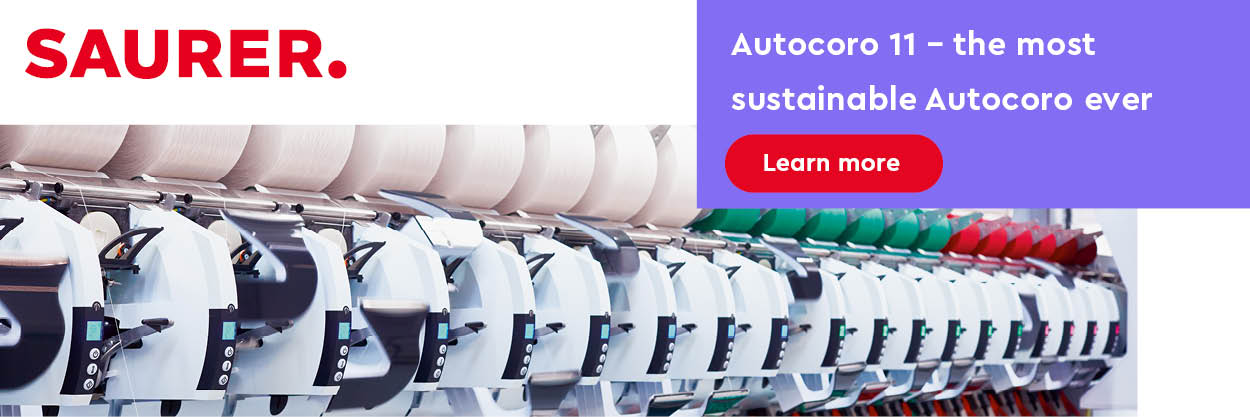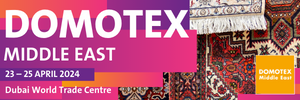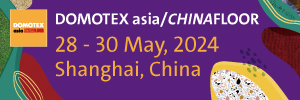This is Tabriz, the city that was named the “City Of Firsts” and, as a testimony to history, it has enjoyed its unique capabilities over ages.
From very past, Tabriz has been known as “the Firsts”; such that hearing name of Tabriz evokes the firsts in human’s mind. Now that you have traveled to this city, we suggest spending a part of your time to visit the firsts of Tabriz.
Tabriz has been a place of cultural exchange since antiquity and its historic bazaar complex is one of the most important commercial centers on the Silk Road.The bazaar has been a UNESCO World Heritage Site since 2010 and was mentioned by Marco Polo when he traveled along the Silk Road in the Middle Ages.
Tabriz Historic Bazaar Complex consists of a series of interconnected, covered, brick structures, buildings, and enclosed spaces for different functions. Tabriz and its Bazaar were already prosperous and famous in the 13th century, when the town, in the province of Eastern Azarbaijan, became the capital city of the Safavid kingdom.
The magnificent, labyrinthine, UNESCO-listed Tabriz bazaar covers some 7 sq km, with 24 caravanserais (sets of rooms arranged around a courtyard) and 22 impressive Timches (domed halls, a covered passageway with shops). Construction began over a millennium ago, though much of the fine brick vaults dating back to the 15th century. Hidden behind innocuous shopfronts, it’s surprisingly easy to miss, but the open Ferdowsi mall is a good entry point.
There are several mozaffareih (carpet sections) according to knot size and type. The Amir bazaar, with gold and jewelry, is immediately behind the tourist-information office.
The spice bazaar has a few shops selling herbal remedies, henna, and natural perfumes. A couple of hat shops (in the Kolahdozan bazaar) sell traditional papakh (Azeri hats) made of tight-curled astrakhan wool. Other quarters specialize in leather, silver and copper, general household goods and fruit and vegetables.
Tabriz Historic Bazaar Complex, located along one of the most frequented east-west trade routes, consists of a series of interconnected, covered brick structures, buildings, and enclosed spaces for a variety of functions – commercial and trade-related activities, social gatherings, and educational and religious practices. Closely interwoven with the architectural fabric is the social and professional organization of the Bazaar, which has allowed it to function over the centuries and has made it into a single integrated entity.
Tabriz Historic Bazaar Complex has been one of the most important international places for commercial and cultural interchange, thanks to the centuries-old east-west trading connections and routes and to a wise policy of endowments and tax exemptions.
Tabriz Historic Bazaar bears witness to one of the most complete socio-cultural and commercial complexes among bazaars. It has developed over the centuries into an exceptional physical, economic, social, political, and religious complex, in which specialized architectural structures, functions, professions, and people from different cultures are integrated in a unique living environment.
The lasting role of the Tabriz Bazaar is reflected in the layout of its fabric and in the highly diversified and reciprocally integrated architectural buildings and spaces, which have been a prototype for Persian urban planning.
*** Integrity and Authenticity
The nominated property contains all the elements that are necessary to convey its significance. The integrity of the 18th century Tabriz Bazaar is well preserved and its architecture conserves a rich repertoire of commercial buildings; the connection between the physical structure and its functioning is still clearly legible, and in many cases alive.
The rich historical sources bear credible witness to the importance of the Tabriz Bazaar over history and to the permanence of its layout. The fabric of the Bazaar still exhibits the design, workmanship, and materials of the period when it was constructed after the 1780 earthquake. The Bazaar is still a lively and economically active place, attesting to its rich and long-lasting economic, social, and cultural exchanges.
*** Tabriz Historic Bazaar on fire
On May 09, Fire started at the historical roofed bazaar in the capital city of East Azarbaijan Province, Tabriz, the fire was fully put out, according to the head of the province’s crisis management department. About 100 shops were damaged in the fire and 19 people were injured.
About 150 of the market’s 5,500 shops were damaged, and 19 people were injured.
A blaze that erupted at the historic Bazaar of Tabriz, northwest Iran, is estimated to have caused about 200 billion rials ($1.33 million) to the centuries-old site.
The Bazaar of Tabriz has seen several fires over the past years due to disregard of safety measures.

















